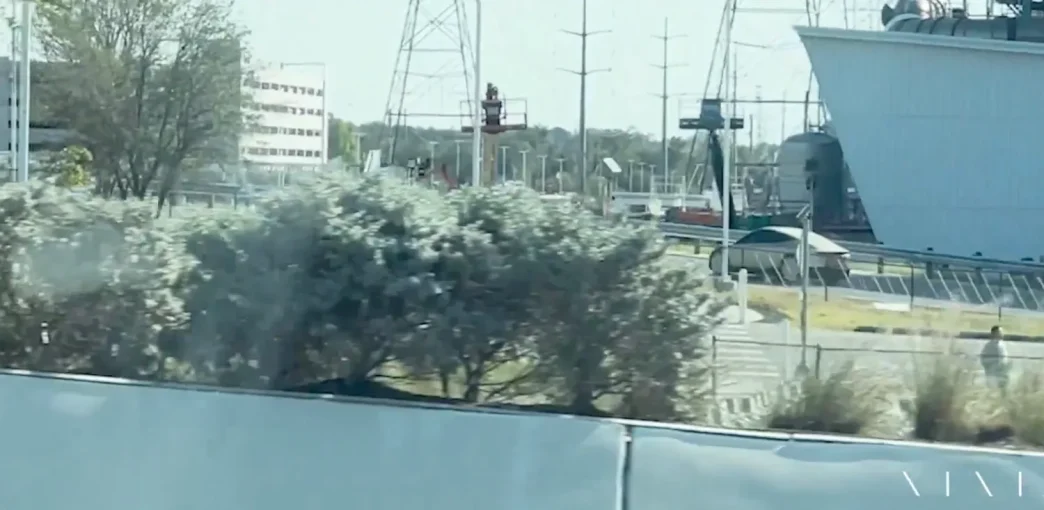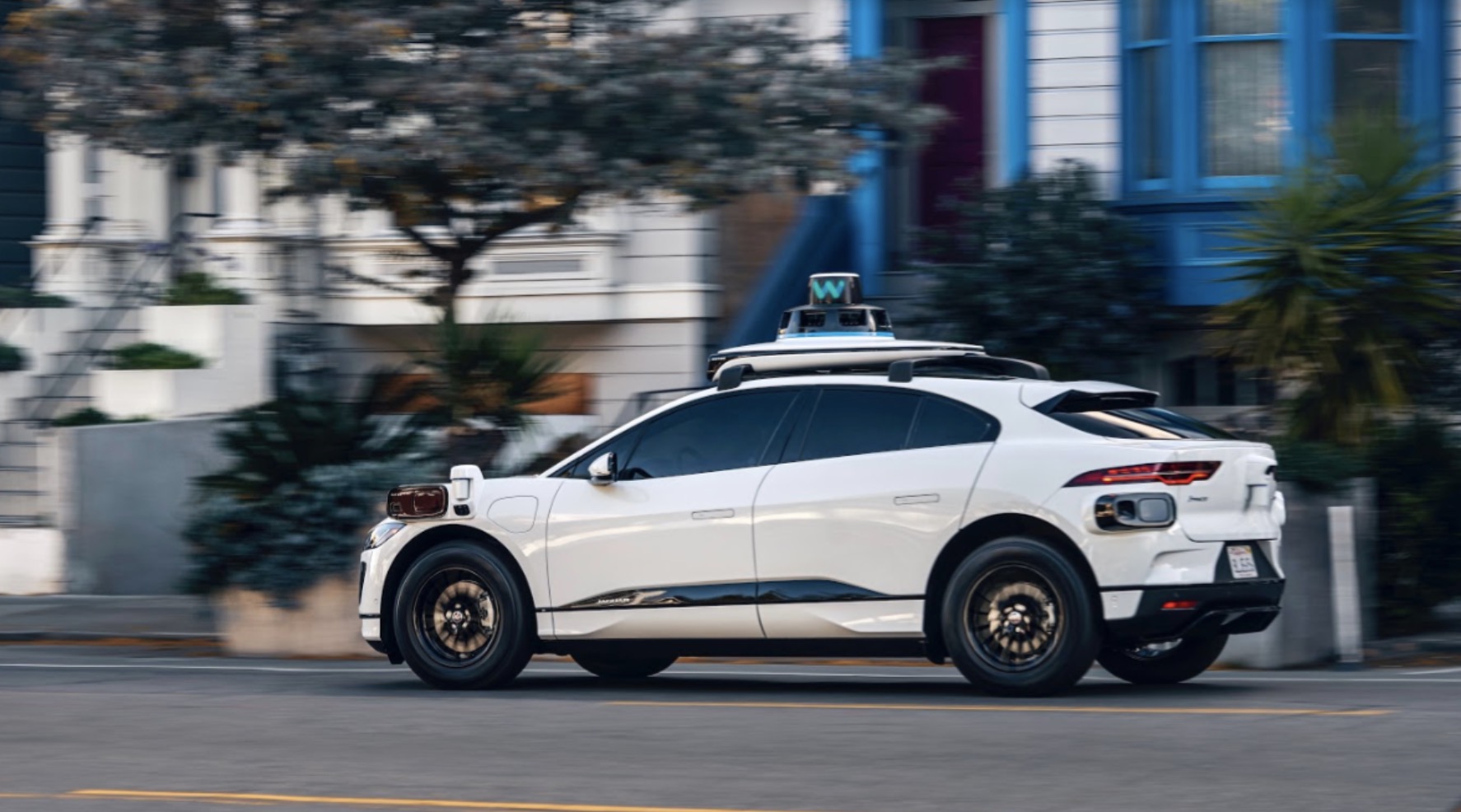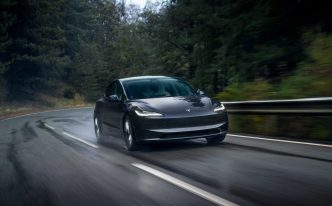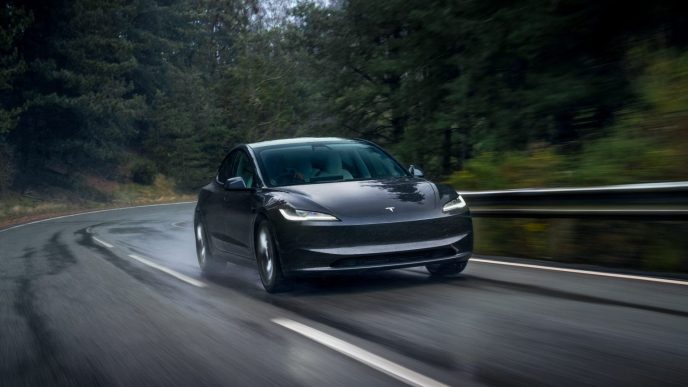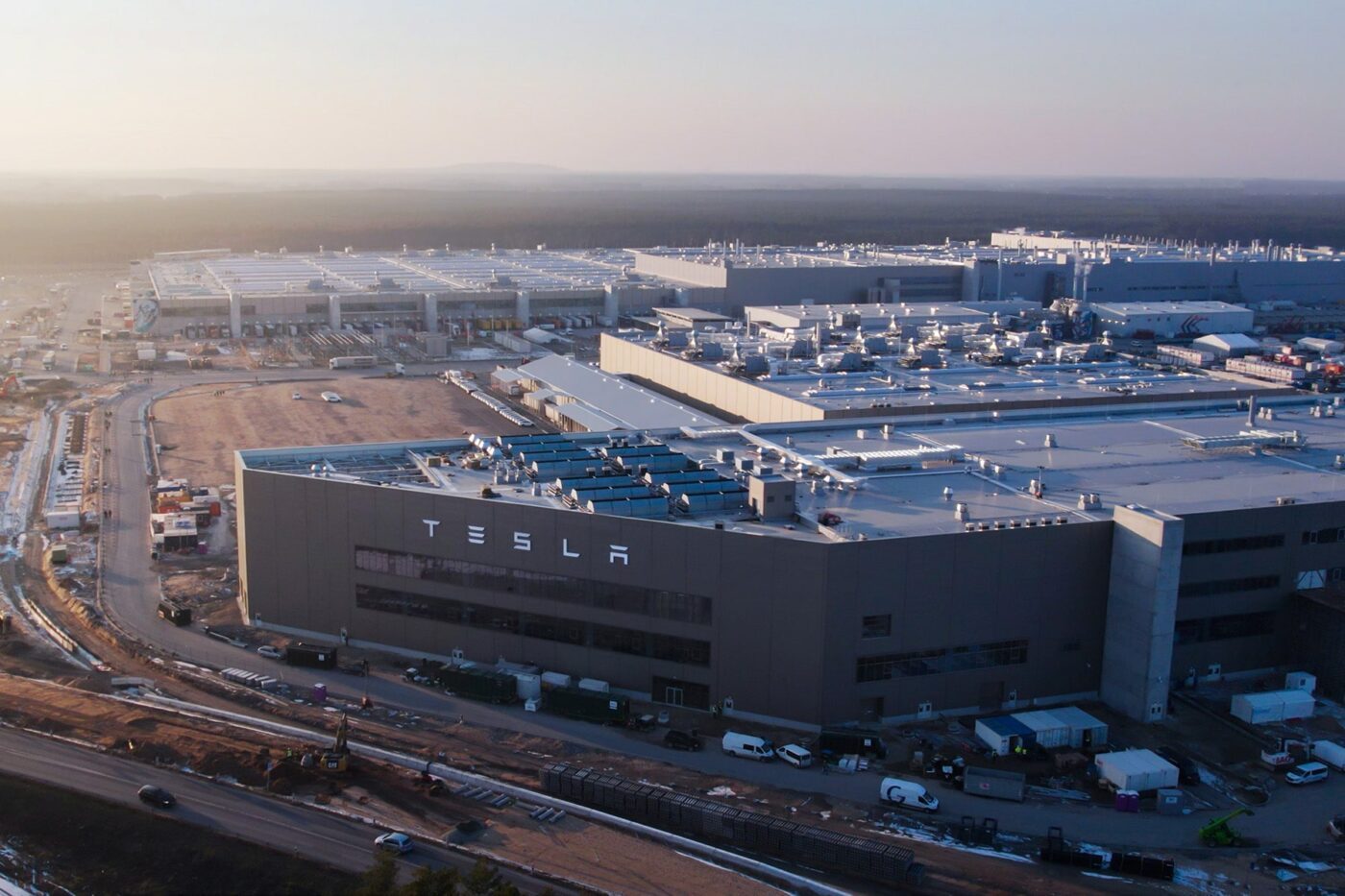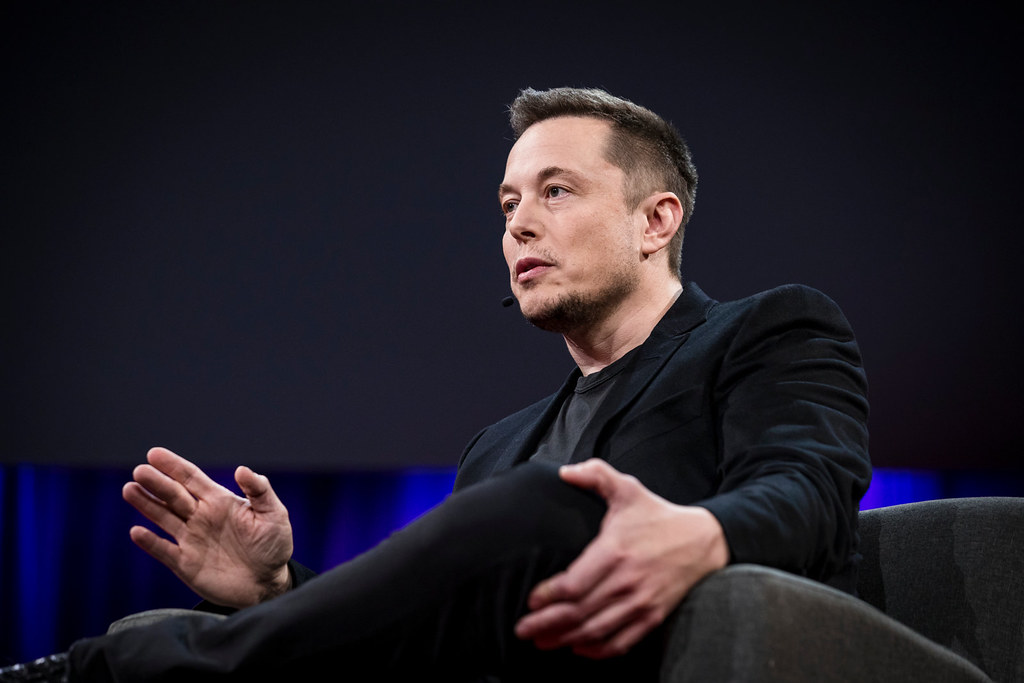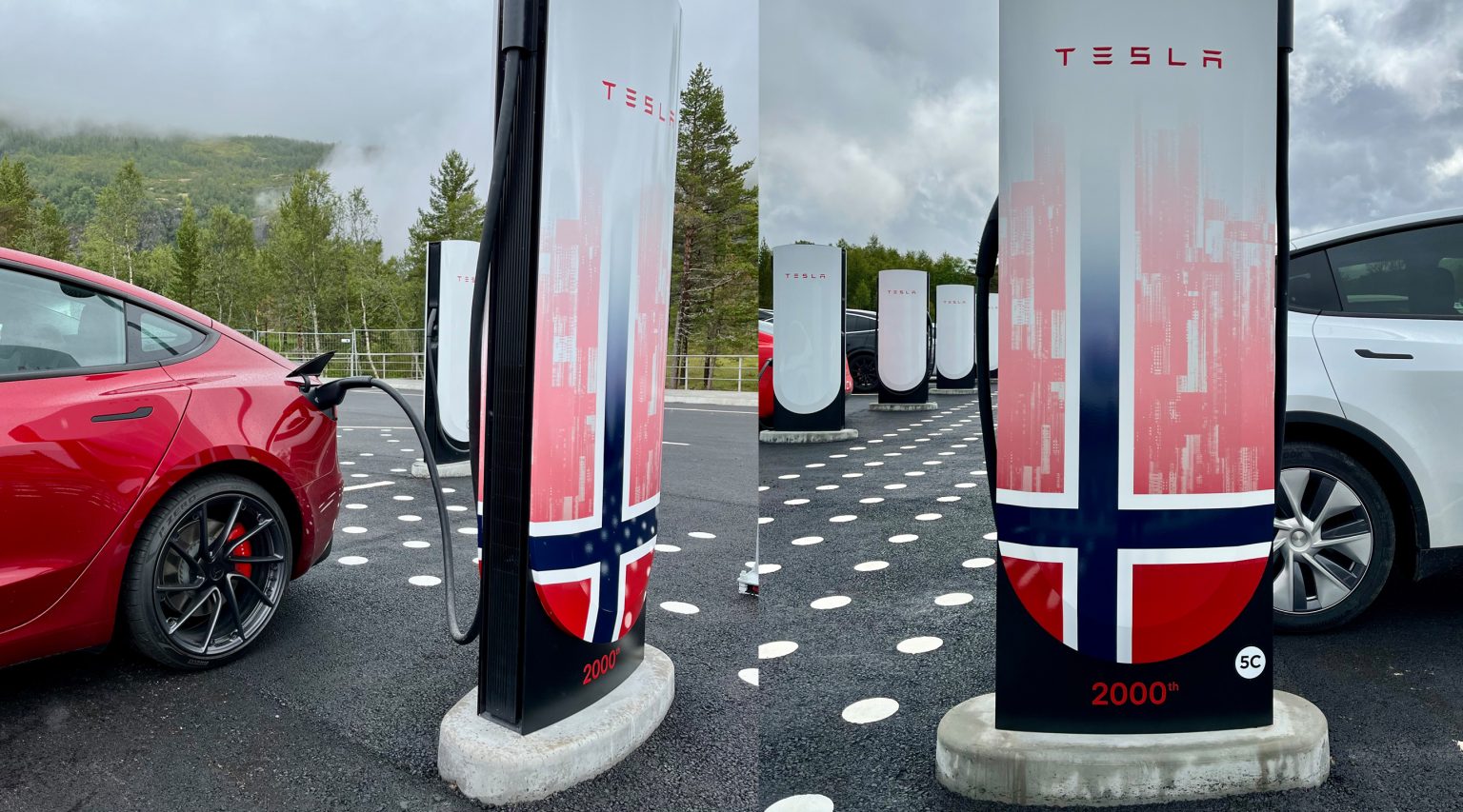Tesla has been seen testing its Cybercab robotaxi, a steering-wheel-less, self-driving vehicle, on the roads around its Gigafactory in Texas, marking a new stage in its autonomous vehicle development.
The relaxed regulations on autonomous testing in Texas, compared to stricter rules in California, make it an ideal site for Tesla to advance its robotaxi testing.
The Cybercab, unveiled last month on the Warner Bros studio lot, was first demonstrated on private roads that mimic city environments. Tesla CEO Elon Musk and self-driving head Ashok Elluswamy shared that the studio lot provided a safe, closed environment to showcase the robotaxi’s potential in a city-like setting.
Tesla Cybercab seen driving at Giga Texas!!!#robotaxi #cybercab #gigatexas #elonmusk
📷 🎥 @AdanGuajardo pic.twitter.com/DSwab7cHEE
— Adan Guajardo (@AdanGuajardo) November 10, 2024
Unlike California, which requires strict permits and data reporting for autonomous vehicles, Texas has fewer requirements, enabling Tesla to test its Cybercab without pursuing additional permits.
For now, Tesla classifies its “Full Self-Driving” (FSD) technology as a level 2 driver-assist system, meaning a driver must be present and ultimately responsible for vehicle operation.
However, the Cybercab differs from Tesla’s other FSD-enabled vehicles as it lacks manual controls, which limits the scope of its testing. Texas’ autonomous testing policies offer Tesla a unique opportunity to push forward with its hands-off approach.
Tesla has set a goal for its supervised FSD to reach over 600,000 miles between disengagements by mid-2025, well ahead of the Cybercab’s anticipated market launch in 2026. Current data, however, shows Tesla’s system at 190 miles between critical disengagements. While Tesla’s long-term aspirations reflect ambitious targets, the Cybercab testing in Texas marks an incremental step in its journey toward full autonomy.


